Features
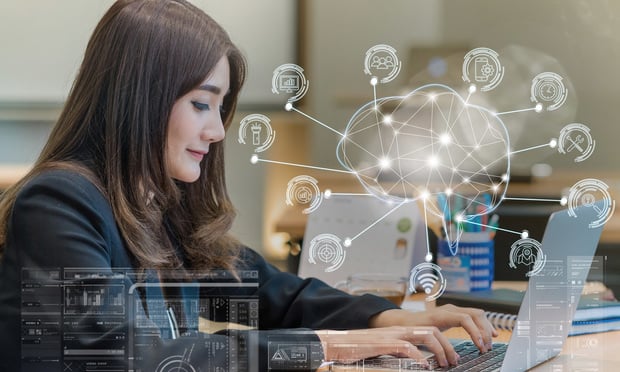
Big Law Leverages Buyers Position to Influence AI Development to Suit Their Needs
In the AI edition of the classic "build versus buy" dilemma, some marquee firms have opted to leverage their position as the largest buyers of legal tech to influence vendor development of AI-powered services to suit their needs.
Features

5 Ways AI Strengthens Client Relationships and Revenue Generation
Maintaining consistent communication with clients can be time-consuming for most law firm professionals. It requires a substantial commitment of resources to stay informed about recent events and developments relevant to the client's business. The time has never been better for firms to start introducing technology, like AI, to improve their overall business.
Features

Unraveling The American Data Privacy Patchwork: Will the American Privacy Rights Act Succeed?
As the focus on protecting personal data continues to grow with the ever-widening adoption of artificial intelligence (AI) tools, exponential increases in the number and breadth of data breaches, and growing awareness of the risk posed by data brokers, the time appears right for a U.S. federal data privacy regulation to succeed in Congress. But is the new American Privacy Rights Act that regulation?
Features
Early Impact of the CHIPS Act
This article describes certain key developments in the period from passage of the CHIPS Act through the present day, and provides a brief survey of key grantmaking and investment activity by U.S. government agencies since passage of the Act.
Features
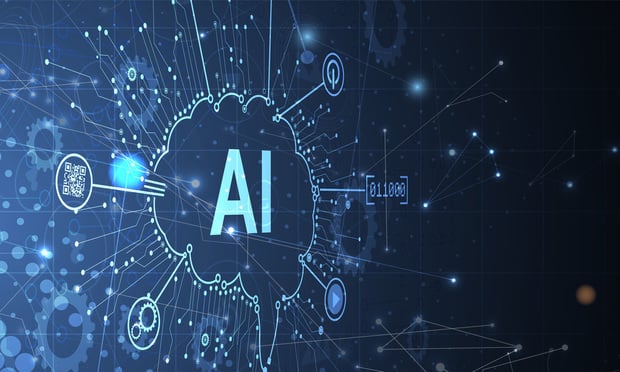
Emerging Legal Terrain: IP Risks from AI's Role In Drug Discovery
This article explores the benefits and risks of AI-driven drug discovery from the legal perspective. Since the law governing IP rights in AI-driven drug discovery is still in its infant state, any future legal development is likely to have significant implications in many areas.
Features
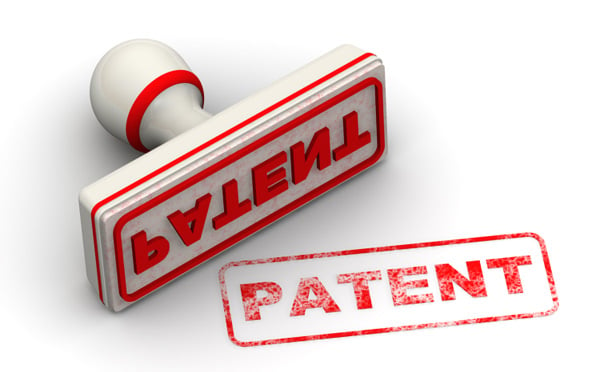
LLM Customization With A Path to Human Inventorship and Patent Rights
A statutory predicate to the contractual outcome regarding ownership of patent rights is the requirement of a sufficient contribution by a natural person in the effort that yielded the output. The issues implicated by this requirement are one development among more to come as patent law and policy try to catch up to proliferating AI technology.
Features
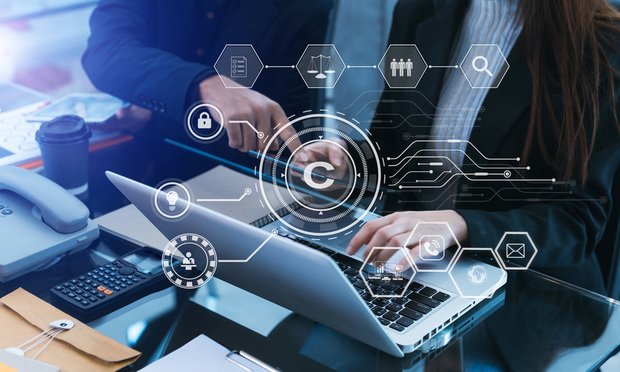
Is It Possible to Reconcile the Two Sides In the AI Copyright Debate?
The points and counterpoints brought up by experts at a Stanford Law conference provide insight on the future relationship between AI and copyright creators.
Features

Digital Dibs: Rival Views of Generative AI Copyrights
GAI platforms like ChatGPT and OpenAI often require very little human input, shattering this legal landscape's framework by posing a simple question: Who authored the material? We'll explore how two countries are answering this question in different ways.
Features

Empowering Legal Professionals: Navigating AI Solutions for Efficiency and Data Security
Integrating AI tools into legal practice without compromising the security of sensitive client information is a paramount concern. In this article, we'll examine how AI is revolutionizing certain aspects of legal work, while offering best practices for employing these technologies and providing guidance for legal professionals in selecting the right AI products and service providers.
Features
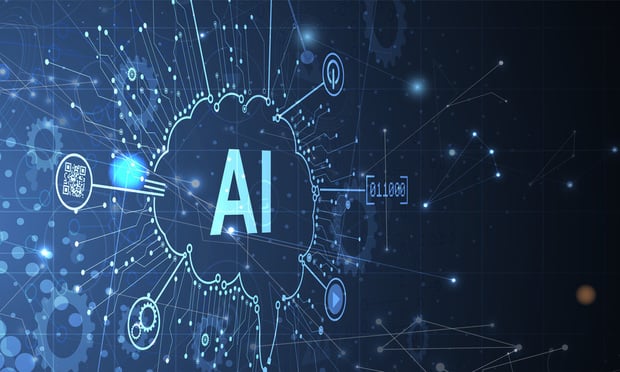
Pursuing AI Programmers and Third Parties over Alleged Rights Violations Caused by AI Software
Because AIs are capable of causing harm but cannot be a legal entity, they are not held accountable by court action. Several current and future possibilities exist to resolve AI difficulties. Current options involve identifying indirect liability. Future options include but are not limited to changing the law to make an AI a legal person and/or changing the law to make AI programing an ultra-hazardous activity.
Need Help?
- Prefer an IP authenticated environment? Request a transition or call 800-756-8993.
- Need other assistance? email Customer Service or call 1-877-256-2472.
MOST POPULAR STORIES
- The 'Sophisticated Insured' DefenseA majority of courts consider the <i>contra proferentem</i> doctrine to be a pillar of insurance law. The doctrine requires ambiguous terms in an insurance policy to be construed against the insurer and in favor of coverage for the insured. A prominent rationale behind the doctrine is that insurance policies are usually standard-form contracts drafted entirely by insurers.Read More ›
- A Lawyer's System for Active ReadingActive reading comprises many daily tasks lawyers engage in, including highlighting, annotating, note taking, comparing and searching texts. It demands more than flipping or turning pages.Read More ›
- The Brave New World of Cybersecurity Due Diligence in Mergers and Acquisitions: Pitfalls and OpportunitiesLike poorly-behaved school children, new technologies and intellectual property (IP) are increasingly disrupting the M&A establishment. Cybersecurity has become the latest disruptive newcomer to the M&A party.Read More ›
- Abandoned and Unused Cables: A Hidden Liability Under the 2002 National Electric CodeIn an effort to minimize the release of toxic gasses from cables in the event of fire, the 2002 version of the National Electric Code ("NEC"), promulgated by the National Fire Protection Association, sets forth new guidelines requiring that abandoned cables must be removed from buildings unless they are located in metal raceways or tagged "For Future Use." While the NEC is not, in itself, binding law, most jurisdictions in the United States adopt the NEC by reference in their state or local building and fire codes. Thus, noncompliance with the recent NEC guidelines will likely mean that a building is in violation of a building or fire code. If so, the building owner may also be in breach of agreements with tenants and lenders and may be jeopardizing its fire insurance coverage. Even in jurisdictions where the 2002 NEC has not been adopted, it may be argued that the guidelines represent the standard of reasonable care and could result in tort liability for the landlord if toxic gasses from abandoned cables are emitted in a fire. With these potential liabilities in mind, this article discusses: 1) how to address the abandoned wires and cables currently located within the risers, ceilings and other areas of properties, and 2) additional considerations in the placement and removal of telecommunications cables going forward.Read More ›
- Guidance on Distributions As 'Disbursements' and U.S. Trustee FeesIn a recent case from the Bankruptcy Court for the District of Delaware, In re Paragon Offshore PLC, the bankruptcy court provided guidance on whether a post-plan effective date litigation trust's distributions constituted disbursements subject to the U.S. Trustee fee "tax."Read More ›
